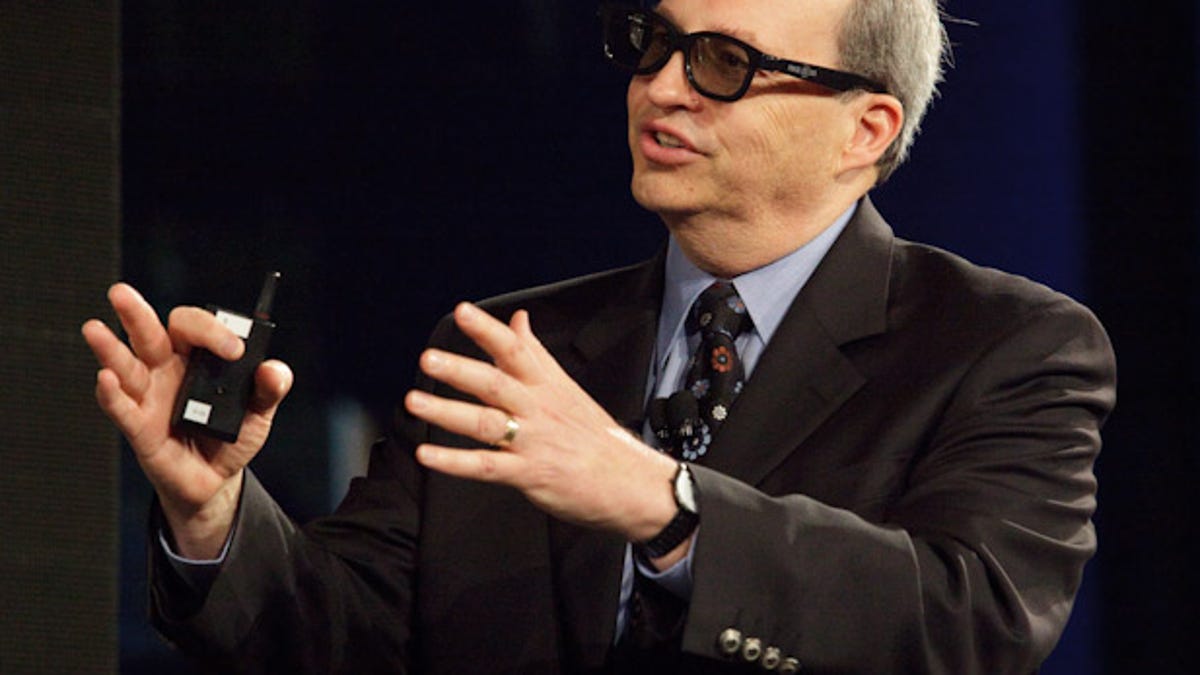Intel tries anew to built its smarts into TVs
Interactive and 3D TV is the future, CTO Justin Rattner tells attendees of Intel Developer Forum. In Intel's view, watching TV will become a less passive activity.

SAN FRANCISCO--Intel may not have attained the same dominance in TVs as it has in personal computers, but the company remains convinced that interactive, networked, computing-intensive tasks will win the company a foothold in the world of video.
The company touted various elements of its plan Thursday at its Intel Developer Forum here, including a new Atom CE4100 processor for TVs, technology to automatically extract a highlight reel from a soccer match, companies moving PC games to TVs, and big-screen 3D video that Chief Technology Officer Justin Rattner believes ultimately will arrive in people's homes.
"I've seen the future of TV," Rattner said. "It's going to take a lot of computing power to do that."
A particular focus was 3D TV, which requires hardware that can handle double the ability to transfer and process video data, not to mention entirely new hardware to display. In that area, despite demonstrations and promises of 3D LCD TVs from Sony and Panasonic in 2010, there's work to be done, he said.
"We've got sonic immersion down to a good science. What isn't here is the notion of immersive video, immersive pictures," Rattner said. "The technology hasn't been ready for that."
But it's coming, Rattner said, illustrating his point with help from 3eality Digital, which showed a professional camera that can shoot live 3D video, and Silicon Valley start-up HDI, which is working on laser-based 3D TVs.
For its own part, Intel is sticking to its processor knitting, trying to persuade people that TV should be about more than just finding a show and watching it. Intel hopes its processors, for example, will enable elaborate interfaces for interacting with TV. By virtue of compatibility with other x86 processors such as Intel's mainstream Core line, its TV-oriented chips can run software written to run on Adobe Systems' Flash Player with relative ease.
It's no surprise Intel wants a piece of the action. Rattner showed statistics that said there are 12 billion devices in the world that can receive TV content via the Internet and 500 billion hours of video content on the Net.
What's not so clear is whether consumers will eagerly embrace TV tasks beyond selecting the show they want and watching it. "Don't make my TV act like a PC," customers told Intel after its earlier forays into TV, said Eric Kim, general manager of Intel's Digital Home Group, and Intel got the message. "It doesn't work. We tried it."
Intel argues that there's more that can be done to augment the experience of watching TV--drilling down into details about particular shows, using computer smarts to find new material people might be interested in, discussing shows as they play with friends over the network, and sharing shows.

